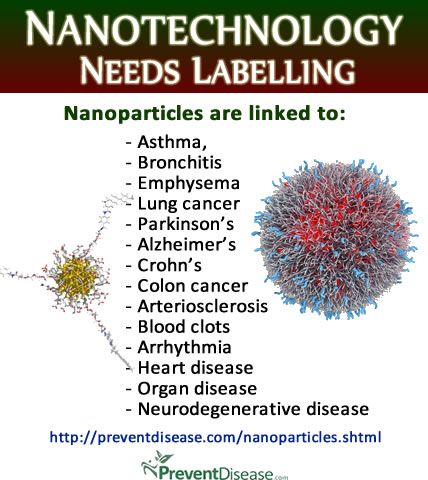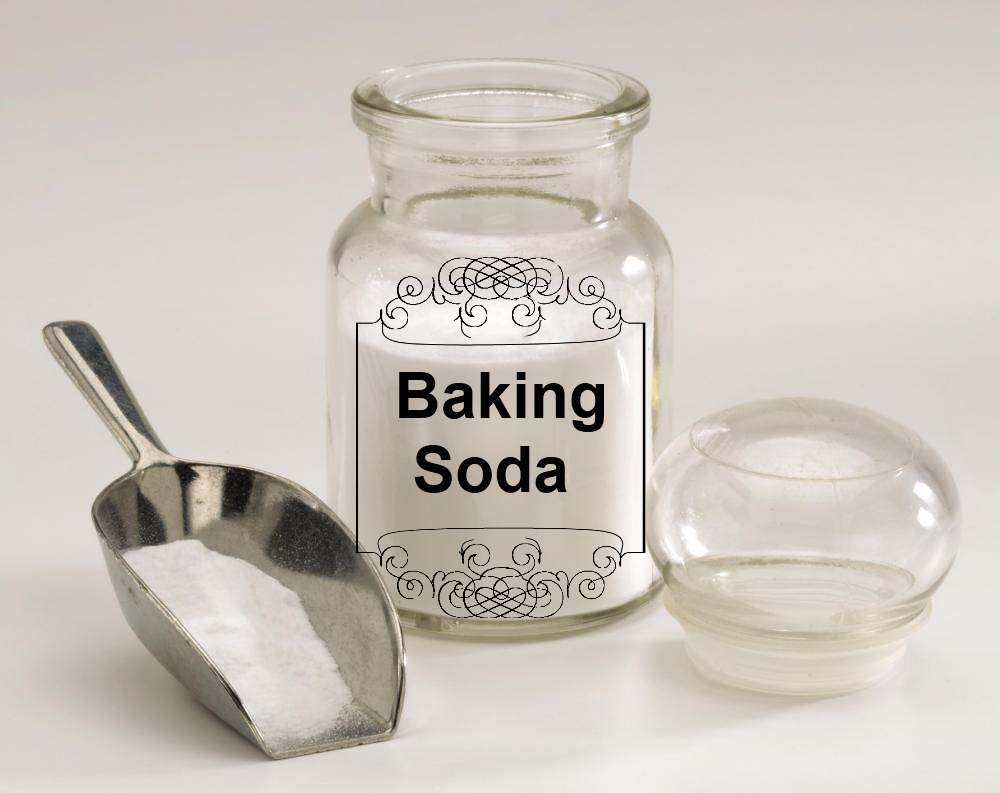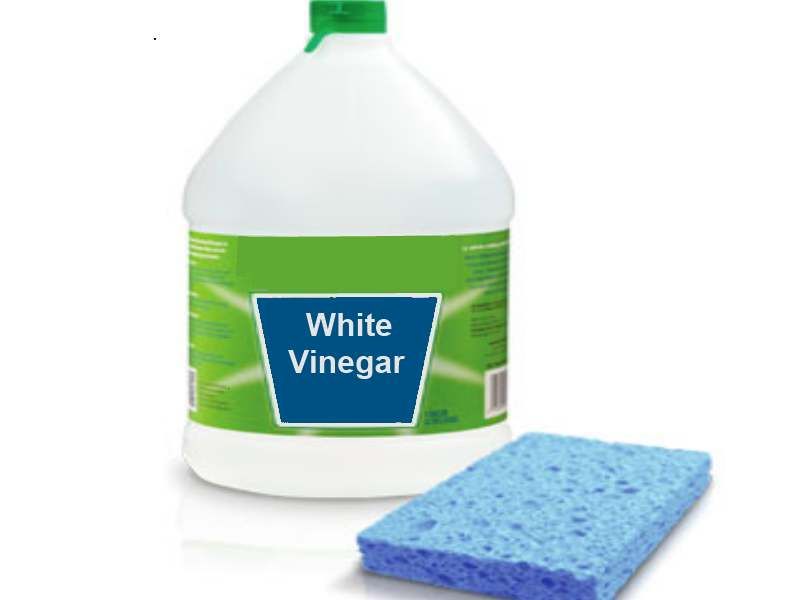Prevent Disease.com
September 27, 2013 by MARCO TORRES
A review analyzing the potential ethical and regulatory issues associated with the applications of nanotechnology in food and agriculture suggests that while current regulations do not require labeling, such measures should be considered in order to increase wider ethical and societal implications and awareness.
Writing in Trends in Food Science & Technology , the UK-based experts said that many large scale manufacturers of foods and agricultural products have already 'invested heavily' in nanotechnology R&D "and nanotechnology is already being used in some countries in the production of agricultural products, processed foods and drinks, and in food packaging."
However, the team noted that there is currently little regulation that relates specifically to applications of nanotechnology in any field of application, "and particularly in relation to food."
"Regulators therefore rely instead on a range of other relevant current regulations designed principally with applications other than nanotechnology in mind," said the authors - led by Professor Lynn Frewer from Newcastle University.
Serious Health Implications
A large consortium of scientists from across the country have found that breathing ultra-fine Titanium dioxide (TiO2) nano particles, found in everything from cosmetics to sunscreen and paint to vitamins, can cause lung inflammation and damage. A vast and rapidly expanding array of engineered nano-products are flooding the consumer market unregulated as evidence of toxicities accumulate.
Research on two of the most common types of engineered nano materials is being published online in Environmental Health Perspectives (EHP), the journal of the National Institute of Environmental Health Sciences (NIEHS). It is the first multi-institutional study examining the health effects of engineering nano materials to replicate and compare findings from different labs across the country.
The study is critical, the researchers said, because of the large quantities of nano materials being used in the food industry, electronics and medicine. Earlier studies had found when nano materials are taken into the lungs they can cause inflammation and fibrosis. The unique contribution of the current study is that all members of the consortium were able to show similar findings when similar concentrations of the materials were introduced into the respiratory system.
Titanium dioxide (TiO2) nano particles have already been found to cause systemic genetic damage in mice, according to an earlier comprehensive study conducted by researchers at UCLA's Jonsson Comprehensive Cancer Center.
The TiO2 nano particles induced single- and double-strand DNA breaks and also caused chromosomal damage as well as inflammation, all of which increase the risk for cancer.
All types of nano particles have been found in human cells to manifest in the specific transformation of the amino acid arginine into the molecule called citrulline which can lead to the development of autoimmune conditions such as rheumatoid arthritis.
In the transformation to citrulline, human proteins which incorporate this modified amino acid as building blocks, can no longer function properly and are subject to destruction and elimination by the bodily defense system. Once programmed to get rid of citrullinated proteins, the immune system can start attacking its own tissues and organs, thereby causing the autoimmune processes which may result in rheumatoid arthritis.
Other diseases associated with inhaled nano particles include asthma, bronchitis, emphysema, lung cancer, and neuro degenerative diseases, such as Parkinson's and Alzheimer's diseases. Nano particles in the gastrointestinal tract have been linked to Crohn's disease and colon cancer. Nano particles that enter the circulatory system are implicated in arteriosclerosis, blood clots, arrhythmia, heart diseases, and ultimately death from heart disease. Nano particles entering other organs, such as liver, spleen, etc., may lead to diseases of these organs.
No Requirements or Regulation
"At present, the European regulatory frameworks which deal with agri-food nanotechnology (including those related to labeling) are rather diverse, and none of these deal with ethical issues focused on agri-food nanotechnology."
"There are currently no requirements for nano-materials used in agri-food production to be labelled," they added.
As a consequence, Frewer and her team suggest that food manufacturers and suppliers are left with uncertainties regarding legislation relevant to food nanotechnology - for example in relation to risk-benefit assessment, labeling, or ethical production.
"Ethical principles, and societal acceptance require labeling of food products that are produced using nanotechnology," they said.
Nano particles, Natural, Artificial, Old and New
What’s new about nano particles, as far as risk is concerned, is that many of them are chemically inert as ordinary ions or as larger particles (and hence never had to go through regulatory approval before the nano particles were used); but as soon as the particle size reaches nano meter dimensions, they acquire novel physico-chemical properties, causing oxidative stress and breaking DNA, and they can get access to every part of the body including the brain, via inhalation and the olfactory nerve.
A comprehensive review by Cristina Buzea and colleagues at Queen’s University, Kingston, Ontario, in Canada, pointed out that human beings have been exposed to natural nano particles since the origin of our species, in the form of viruses, dusts from terrestrial and extraterrestrial dust storms, volcanic eruptions, forest fires, and sea salt aerosols (which are largely beneficial).
Nano particles have been created by human activities for thousands of years, by burning wood in cooking, and more recently, chemical manufacturing, welding, ore refining and smelting, burning of petrol in vehicles and airplane engines, burning sewage sludge, coal and fuel oil for power generation, all of which are already known to have health impacts. Automobile exhaust particular pollution is linked to heart and lung diseases and childhood cancers.
However, the introduction of nano particles in food and cosmetics is less than a decade old and the industry must advise the public of the health implications which are largely man-made.
The Industry Must Act
There is clearly an urgent need not only to stem but also to reverse the unregulated tide of nano particles that are released onto the market. In view of the existing evidence, the following actions should be taken.
- Engineered nano-ingredients in food, cosmetics and baby products for which toxicity data already exist (e.g., silver, titanium oxide, fullerenes, etc.) should be withdrawn immediately
- A moratorium should be imposed on the commercialization of nano-products until they are demonstrated safe
- All consumer products containing nanotechnology should be clearly labelled
- A robust regulatory program on nanotechnology - including characterization and standardization of manufacture - should be implemented as soon as possible
- There should be earmarked funding for research into the hazards of nanotechnology.
Marco Torres is a research specialist, writer and consumer advocate for healthy lifestyles. He holds degrees in Public Health and Environmental Science and is a professional speaker on topics such as disease prevention, environmental toxins and health policy.
- How Many 'Non' Ingredients Will Be Necessary Before We Improve Product Quality? Here Are 22 Exclusions You Want Listed











































